Posted by Alex Salamanca, Updated on December 21, 2023
Learning about our ancestors and history fascinates us to no end, especially when you consider some of the most important archaeological discoveries in history. Whenever a new discovery is made, it stays in the headlines for days if not weeks and is quickly passed around. Luckily, archaeology serves as a strong conduit for us to discover new things about our past and decipher how we used to live and what we used to do. Though many see it as a dry, boring field (besides Indiana Jones, maybe), archaeology is still a very dynamic and robust area of study. As will be reinforced by this list, magnificent discoveries are still frequently made. Whether it’s the world’s first computer or ancient civilizations we are still unable to trace, we have made some pretty phenomenal archaeological discoveries in the past few hundred years. Whether they be temples, burial grounds, or entire underground cities, the archaeological discoveries on this list shaped and often rewrote history as we know it (some of which turned out to be really controversial such as these 25 archaeological controversies that divided the scientific community). Dig in (archaeologist joke) to the fascinating remnants of our past in this list of the 25 most important archaeological discoveries in history.
 Source: Ancient History Encyclopedia, Image: ricardo via Flickr
Source: Ancient History Encyclopedia, Image: ricardo via Flickr
One of the best discoveries in human history, Ashurbanipal’s library at Nineveh (modern-day Mosul, Iraq) was a center for learning. King Ashurbanipal ordered the collection of all written works in Mesopotamia, ending up with a library boasting over 30,000 inscribed clay tablets. The discovery revolutionized our understanding of multiple societies including the Assyrians, Sumerians, Akkadians, and Babylonians. (Nineveh may even be the location of the Hanging Gardens of Babylon.)
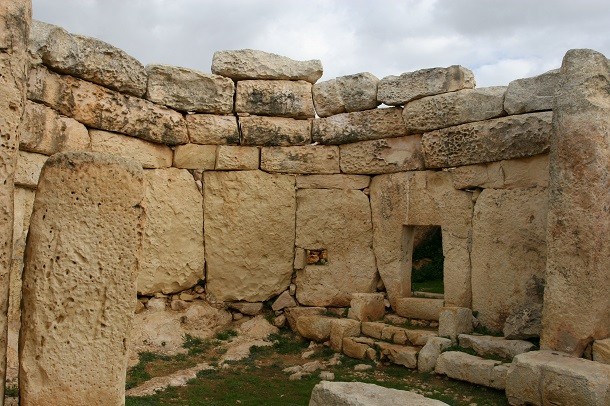 Source: Heritage Malta, Image: Wikimedia
Source: Heritage Malta, Image: Wikimedia
An enormous temple complex found on Malta (an island between Italy and Tunisia in the Mediterranean Sea), Ħaġar Qim is one of the oldest religious sites on Earth. Demonstrating the ancients’ intricate knowledge of the heavens, during sunrise on the Summer Solstice a small ray of light passes through an elliptical hole in the stone to illuminate a slab in the chamber.
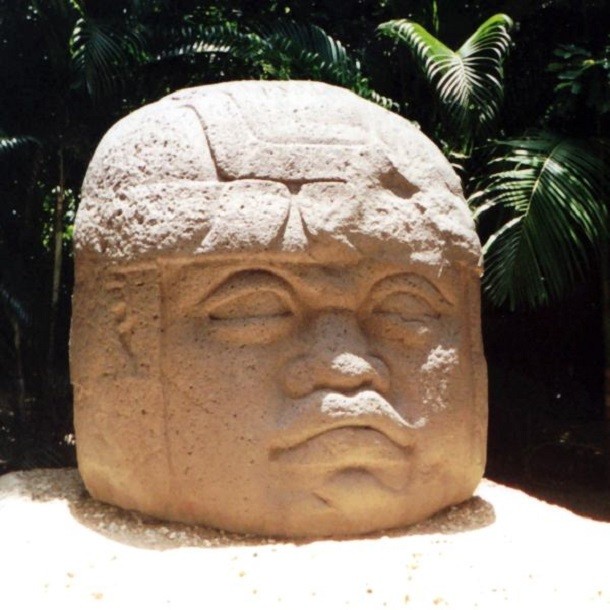 Source: Pool, Christopher A. (2007). Olmec Archaeology and Early Mesoamerica. , Image: Wikipedia
Source: Pool, Christopher A. (2007). Olmec Archaeology and Early Mesoamerica. , Image: Wikipedia
The Olmec colossal heads are some of the most unique archaeological discoveries yet found. Massive carved boulders, these heads which likely represented local rulers are up to 11.2 feet (3.4) tall and weigh up to 50 tons – that’s eight adult elephants! The heads are carved with flat noses, fleshy cheeks, and adorned with individualized headdresses. Such markings may reinforce their roles as leaders of the Olmec people who lived in Mexico’s southeastern parts up to 3,000 years ago.
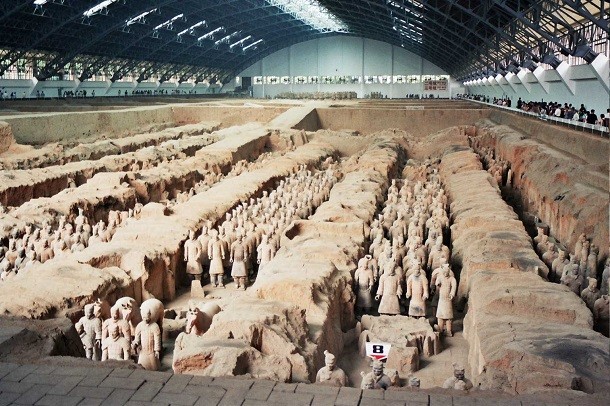 Source: National Geographic, Image: Wikipedia
Source: National Geographic, Image: Wikipedia
Protecting the tomb of China’s first emperor, the Terra Cotta Army is one of the best known archaeological discoveries of all time. Much as the Ancient Egyptians wanted to set their dead pharoahs up for a successful afterlife, Emperor Qin Shi was surrounded by thousands of clay soldiers, each sporting individual facial expressions and designs. Though excavations at the site are on hold, the tomb of Qin Shi has yet to be found. Up to 8,000 clay soldiers, horses, chariots, dancers, and musicians have been found around the site.
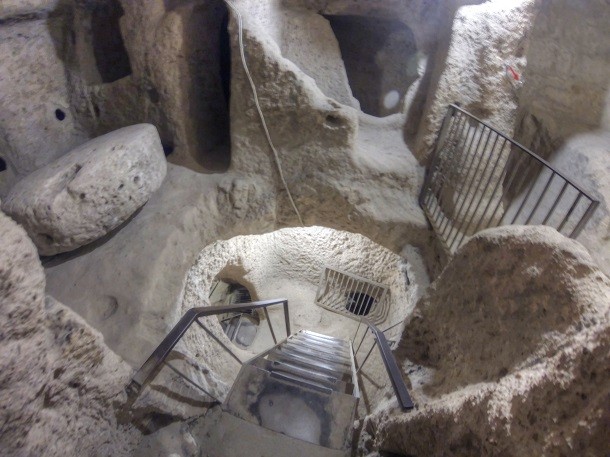 Source: National Geographic, Image: Wikipedia
Source: National Geographic, Image: Wikipedia
One of the most thrilling recent discoveries in archaeology is a subterranean city complex in Cappadocia, central Turkey. Likely able to house well-over 20,000 people, initial excavations have found a massive underground city complete with water channels, air shafts, wineries, chapels, kitchens, bedrooms, and more. Still under exploration, this tunneled city helped its inhabitants escape from danger on the surface level. Initial findings estimate the massive spaces could go down to 371 feet (113 m), spaces tourists may be able to visit once the Anatolian government opens them to tourism.
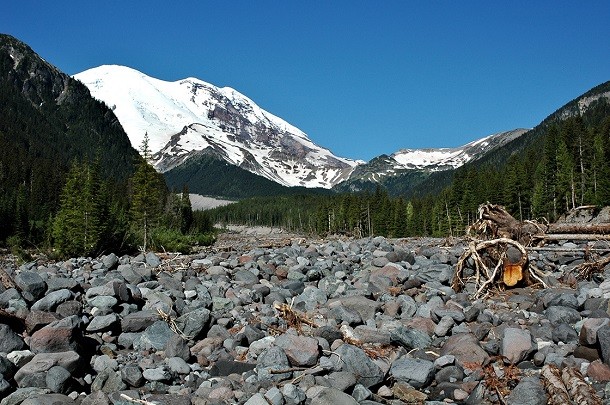 Source: History Channel, Image: Wikipedia
Source: History Channel, Image: Wikipedia
Archaeologists are still investigating what could be the purpose of an area in southwestern Sweden assumed to be a secondary burial ground. Found in a dried-up lake bed, the Tomb of the Sunken Skulls (as it is informally known) is a collection of 11 buried skulls, two of which had stakes through their craniums – the only examples of such a practice during the Mesolithic era. The current hypothesis is that the nomadic hunter-gatherers of the area used the bed as a secondary grave once the deads’ bodies decomposed. (Another is that the skulls were from their enemies, brought back on stakes as a sign of victory.)
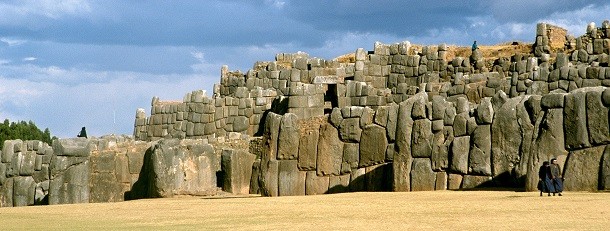 Source: Cusco Tourism, Image: Wikimedia
Source: Cusco Tourism, Image: Wikimedia
A fine example of the skill of the Incan Empire, Sacsayhuaman is Quechua for “satisfied falcon”. Taking over 70 years and 20,000 men to build, the massive citadel is a renowned archaeological discovery due to its design: each stone fits together without any mortar or binding devices. The stones were cut so perfectly not even a piece of paper can fit between them, even after hundreds of years.
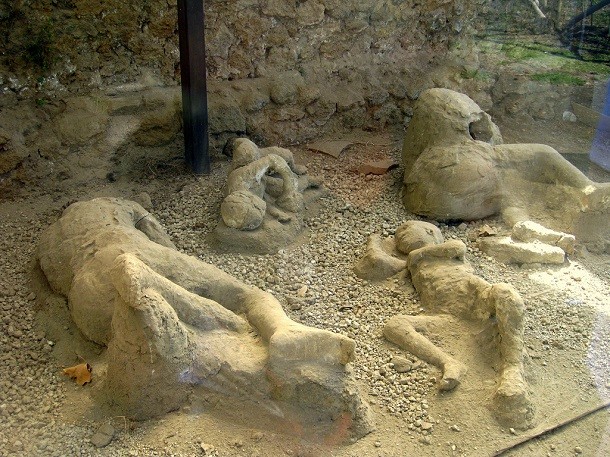 Source: History Channel, Image: a_mason via Flickr
Source: History Channel, Image: a_mason via Flickr
One of the better known archaeological discoveries on our list, Pompeii was an ancient Roman city located below the still-active volcano Mt. Vesuvius. Buried under millions of tons of ash, Pompeii and its residents and their possessions were magnificently preserved by the material. Found by archaeologists in 1748, the discovery sparked a renewed interest in ancient history. (Fun Fact: About 20,000 people lived in Pompeii at the time of Vesuvius’ famous eruption and had plenty of time to escape.)
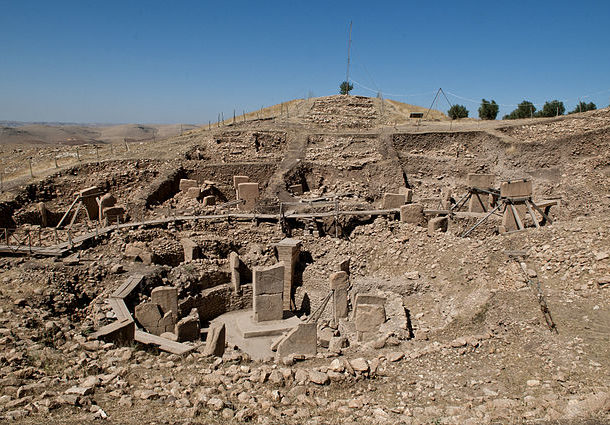 Source: Smithsonian Magazine, Image: Wikipedia
Source: Smithsonian Magazine, Image: Wikipedia
Often referred to as the first temple in the world, Gobekli Tepe is a magnificent archaeological discovery. Built 6,000 years before Stonehenge, the area was initially dismissed as an irrelevant cemetery. German archaeologist Klaus Schmidt thought otherwise and quickly uncovered what he believed to be the world’s first purpose-built “cathedral on a hill”. Scientists are still unearthing the area and learning about the people who lived there 11,000 years ago.
 Source: National Geographic, Image: Geograph.org.uk
Source: National Geographic, Image: Geograph.org.uk
Anyone who says archaeology is a old, boring, dying-out field couldn’t be more wrong. As recently as 2009, archaeologists found 54 decapitated skeletons with 51 skulls piled next to them in southern England. Believed to be Viking invaders from between 910-1030 A.D. (the height of Viking raids along the English coast), the formerly muscular men were likely overpowered by a group of Anglo-Saxons who piled their skulls together as a show of victory.
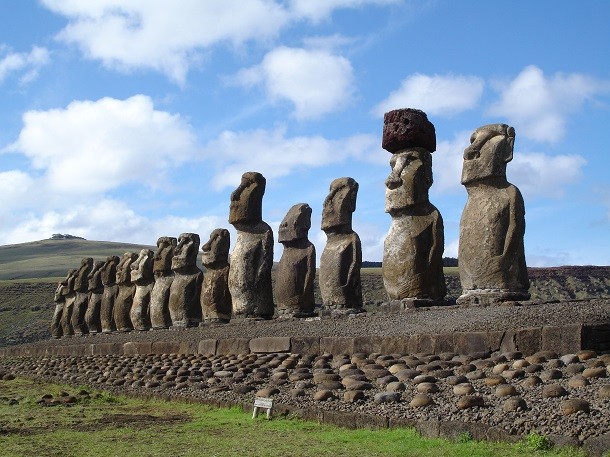 Source: History Channel, Image: Wikipedia
Source: History Channel, Image: Wikipedia
The name for both the island and the people who lived there, Rapa Nui (AKA Easter Island) is a Pacific island rife with mystery. The most remote inhabited island on Earth, Rapa Nui is famous for its unique artistic design (free of any external influence) of ahu – ceremonial platforms – and moai – massive statues which represented Rapa Nui ancestors. Easter Island was first settled by Polynesians in the 4th century and had 3,000 natives when the Spanish first arrived in 1770. (The Dutch arrived earlier, in 1722, but did not count the population.) The population was decimated to 111 inhabitants barely a century after this first census. Today, the island still has a permanent population which is sustained primarily through tourism.
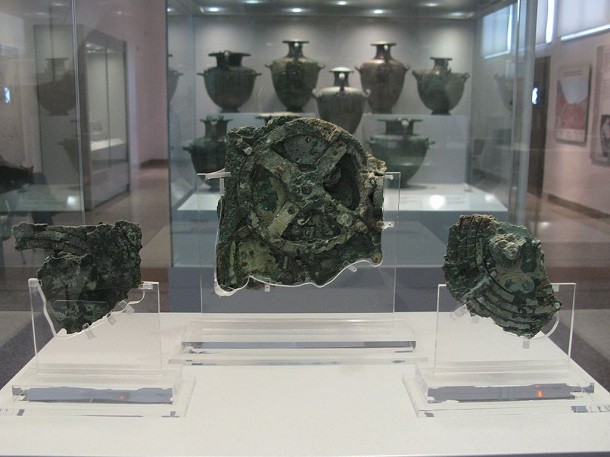 Source: Smithsonian Magazine, Image: Wikimedia
Source: Smithsonian Magazine, Image: Wikimedia
Highly regarded as an ancient Greek computer, the Antikythera Mechanism is one of the most amazing archaeological discoveries in history. When it was found at the turn of the 20th century, scientists were unable to determine its purpose for another 70 years. At least 1,500 years ahead of its time (you can imagine what alien theorists think of it), the Antikythera Mechanism was an astronomical clock which precisely traced the movement of the heavens with rotating hands, interlocking gear wheels, and multiple dials. Scientists are still wondering how the Ancient Greeks could have developed something so advanced.
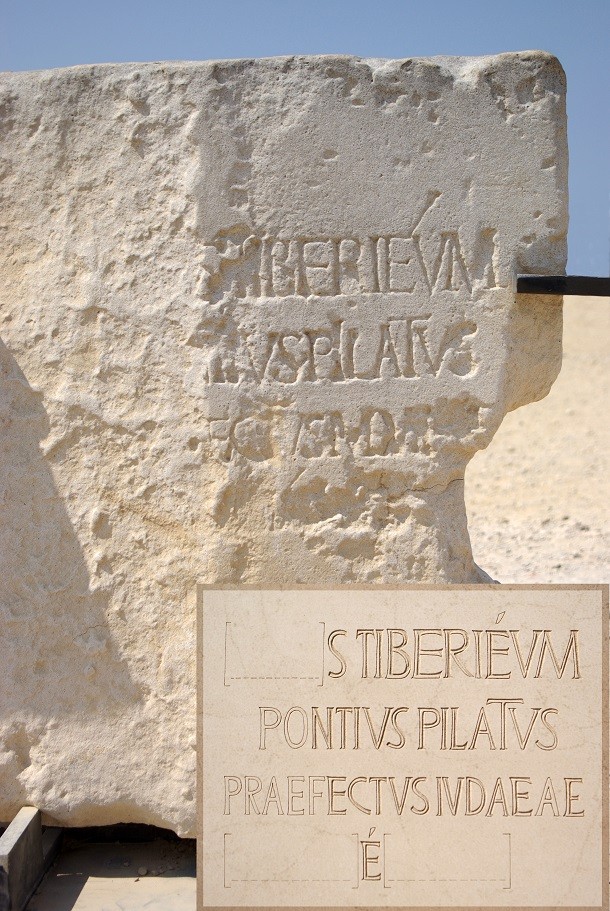 Source: A History of the Jewish People, H.H. Ben-Sasson & Journal of Biblical Literature, Image: Wikimedia
Source: A History of the Jewish People, H.H. Ben-Sasson & Journal of Biblical Literature, Image: Wikimedia
Formerly used as part of a theatre’s staircase, the Pilate Stone is the only widely-accepted evidence of the existence of Pontius Pilate. Found in Caesarea Maritima, the stone’s inscriptions date it to about 26-37 A.D. Known for trying Jesus Christ, Pontius Pilate likely lived in Caesarea Maritima as it was the administrative capital of the area (replacing Jerusalem in 6 A.D.).
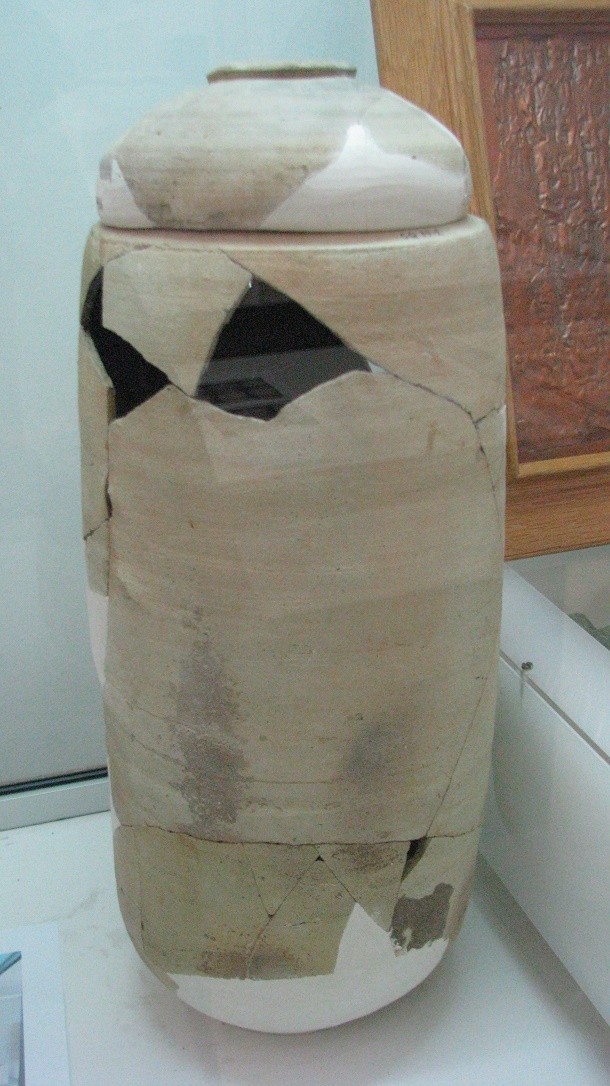 Source: BBC, Image: Wikimedia
Source: BBC, Image: Wikimedia
Originally hailed as a two-millennia-old example of early human ingenuity, the Baghdad Battery (found just outside of Baghdad) was believed to generate an electrical current, possibly for plating metal onto objects. The theory has been widely discredited with modern archaeologists claiming the item was a vessel to store scrolls.
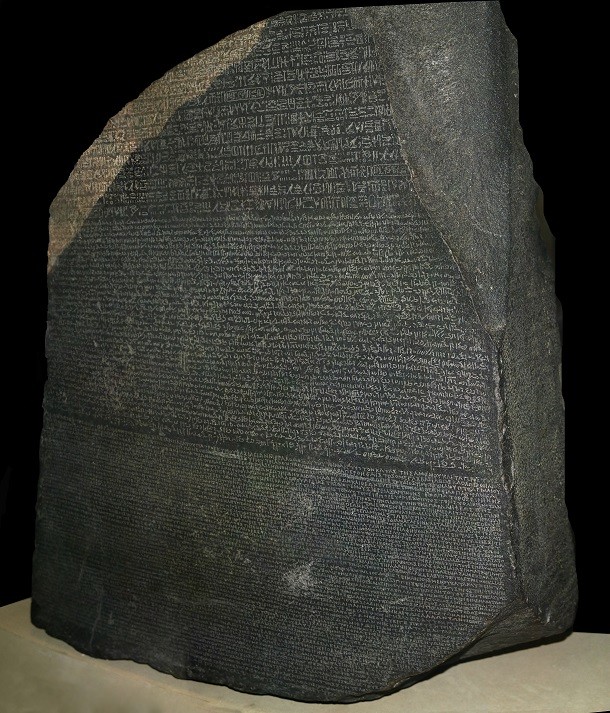 Source: British Museum, Image: Wikipedia
Source: British Museum, Image: Wikipedia
The Rosetta Stone unlocked our understanding of the Ancient Egyptians. Finally allowing archaeologists to decipher hieroglyphs (the stone was written in three languages: Ancient Egyptian hieroglyphs, Demotic script, and Ancient Greek), the Rosetta Stone has been displayed at London’s British Museum since 1802. Since its discovery, other multi-lingual inscriptions have been found, thus making the Stone not unique in itself beyond being the first one found.
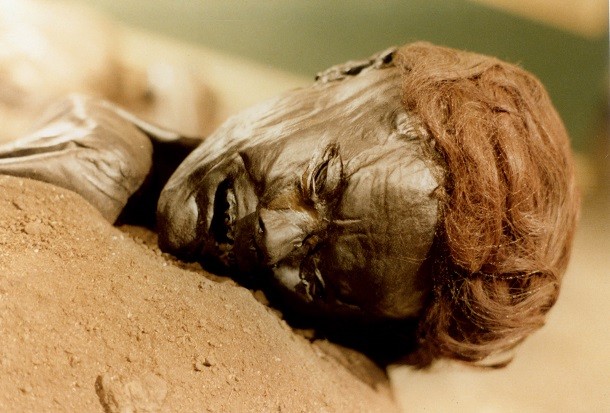 Source: Atlas Obscura, Image: Wikipedia
Source: Atlas Obscura, Image: Wikipedia
About thirty years old when he died, the Grauballe Man was found over two thousand years later, nearly perfectly preserved. “One of the most spectacular discoveries from Denmark’s prehistory”, this corpse was found in a peat bog and has been dated to the 3rd century B.C. Examining his corpse, scientists believe he was a human sacrifice, common at the time, as his throat was slit open from ear-to-ear.
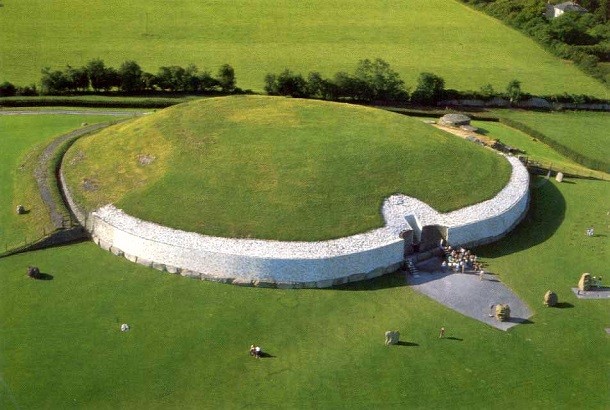 Source: World Heritage Ireland, Image: Wikipedia
Source: World Heritage Ireland, Image: Wikipedia
Older than both Stonehenge and the Egyptian pyramids, Ireland’s Newgrange is one of the most important megalithic structures in Europe. Built between 3000-2500 B.C., the large, circular mound has an interior chamber which is illuminated only on the winter solstice (December 21st). Though not entirely sure of its original purpose, scientists believe this archaeological discovery could have been a religious center. The site is so popular that Irish families and visitors have to win the equivalent of the “Charlie and the Chocolate Factory” golden ticket as only 50 people (plus a guest) win the lottery to see Newgrange from the inside on the winter solstice.
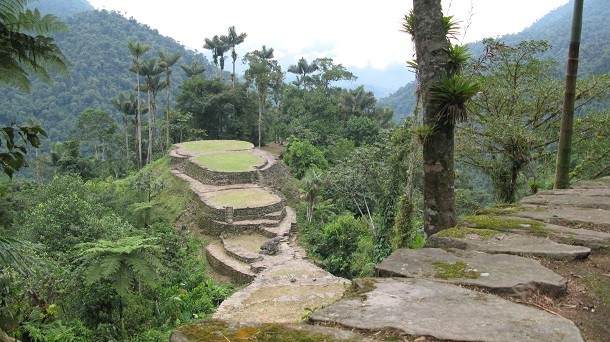 Source: University of Houston, Image: Wikipedia
Source: University of Houston, Image: Wikipedia
An ancient city in the forests of Honduras, this recent archaeological discovery is so new researchers still aren’t sure to which civilization it belonged. The forested area around this lost city is so dense that scientists are using laser technology to create topographical maps of the area. To protect this mysterious area of giant statues, irrigation channels, and homes, the Honduran military is protecting it and researchers have yet to disclose its location to keep looters from moving in.
 Source: IFL Science, Image: Wikipedia
Source: IFL Science, Image: Wikipedia
Discovered in 2011, Genghis Khan’s fortress in southwestern Mongolia enabled him to expand his empire further west towards Europe. Three football fields in size, the fortress was a major garrison along Silk Road trade routes which made it an important command post. Archaeologists are hoping the site reveals more about the ruler of one of the largest empires on Earth.
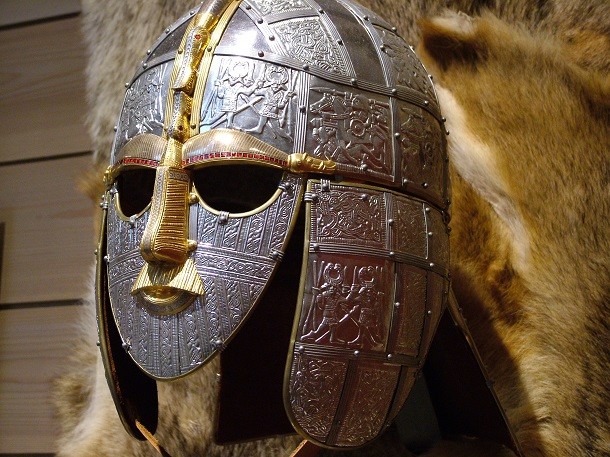 Source: National Trust, Image: Wikimedia
Source: National Trust, Image: Wikimedia
One of the most important discoveries in human history, the burial sites at Sutton Hoo revolutionized what we knew (or thought we knew) about the Anglo-Saxons. The most important Anglo-Saxon site in the U.K., Sutton Hoo held an undisturbed ship burial filled with artifacts which made the archaeologists’ discovery feel like a gold mine. As little was known about the time period (6th and 7th centuries A.D.), this discovery shed light on history which was previously based on myths and legends. Most of the items are now in London’s British Museum.
 Source: LiveScience, Image: Wikipedia
Source: LiveScience, Image: Wikipedia
One of the least well-known archaeological discoveries on our list is the remains at Sanxingdui. Peculiar about the site is how it was left: it seems the people willingly left this formerly great city between 3,000 and 2,800 years ago. Jade treasures, elephant tusks, and massive bronze sculptures have been found in the ancient city, presumably abandoned because an earthquake dammed up and rerouted the river which was their primary source of water. Though archaeologists believe the civilization may have moved to nearby Jinsha, the evidence is not all there and we still don’t entirely know who lived there. (The best guess is they were the Shu people.)
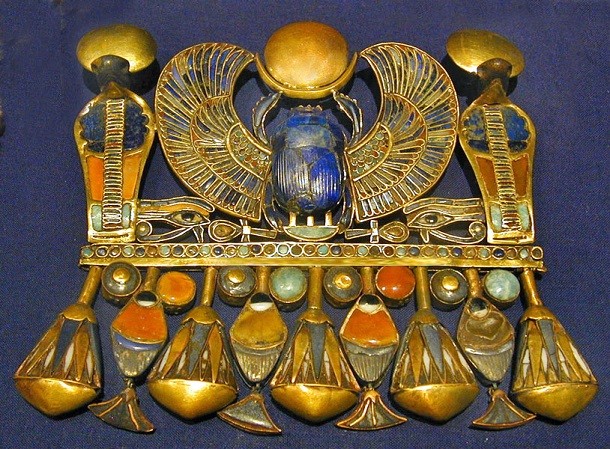 Source: Canadian Museum of History, Image: Wikipedia
Source: Canadian Museum of History, Image: Wikipedia
Egypt’s most famous ruler (way ahead of Morsi and Mubarak) left behind treasures which profoundly impacted the field of archaeology. King Tutankhamun and his tomb, discovered in 1922 by Howard Carter, are some of the most significant archaeological discoveries in the history of the world. Though most of the other tombs in the Valley of the Kings had been looted by grave robbers, Tutankhamun’s tomb was primarily intact and gave us a brilliant window into the funerary rituals and way of life of the Ancient Egyptians.
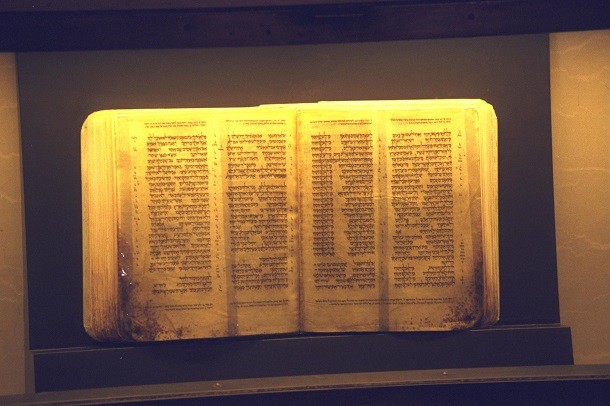 Source: National Geographic, Image: Wikimedia
Source: National Geographic, Image: Wikimedia
One of the greatest archaeological items yet found, the Dead Sea Scrolls were found by a young goat herder in caves near Jericho. The scrolls, mostly in Hebrew, cover the history of over 500 years (from the third century B.C. to the second century A.D.) including the birth of Jesus Christ and the rise of Christianity. One of the scrolls, the Copper Scroll, even directed scholars to dozens of other illuminating scrolls.
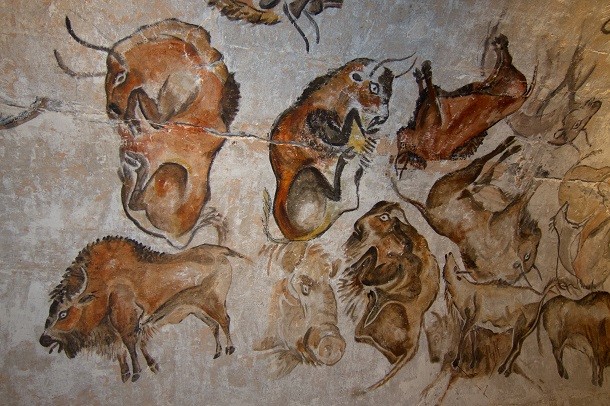 Source: Spanish Ministry of Education, Culture, & Sport, Image: Wikimedia
Source: Spanish Ministry of Education, Culture, & Sport, Image: Wikimedia
The first cave in which prehistoric drawings were discovered, the Cave of Altamira is located in northern Spain. A scientific anomaly when it was found, the cave’s validity was debated for scientists for many decades, largely due to the high level of conservation and the quality of work present. When the drawings were finally acknowledged as authentic in 1902, the science world was rocked. Prior to, scientists believed humans of the time to be lacking the intellectual development to create art (some aspects which include naturalism, symbolism, and three-dimensionalism).
 Source: LiveScience, Image: Wikipedia
Source: LiveScience, Image: Wikipedia
Located in northern Tanzania, the Olduvai Gorge holds evidence of our earliest human ancestry. Mary Leakey, a paleontologist, was continuing her work in the area when she came across Homo habilis, a hominid ancestor 2 million years old who likely used tools. Along with other discoveries in nearby countries and later ones at the site, it has become nearly irrefutable that humans evolved in Africa. In contrast, our more closely related ancestors, Homo erectus and Homo sapiens, only appeared around 1.2 million and 17,000 years ago, respectively.










Photo: 17. By <a href=”//commons.wikimedia.org/wiki/User:Teomancimit” title=”User:Teomancimit”>Teomancimit</a> – <span class=”int-own-work” lang=”en”>Own work</span>, CC BY-SA 3.0, Link

















